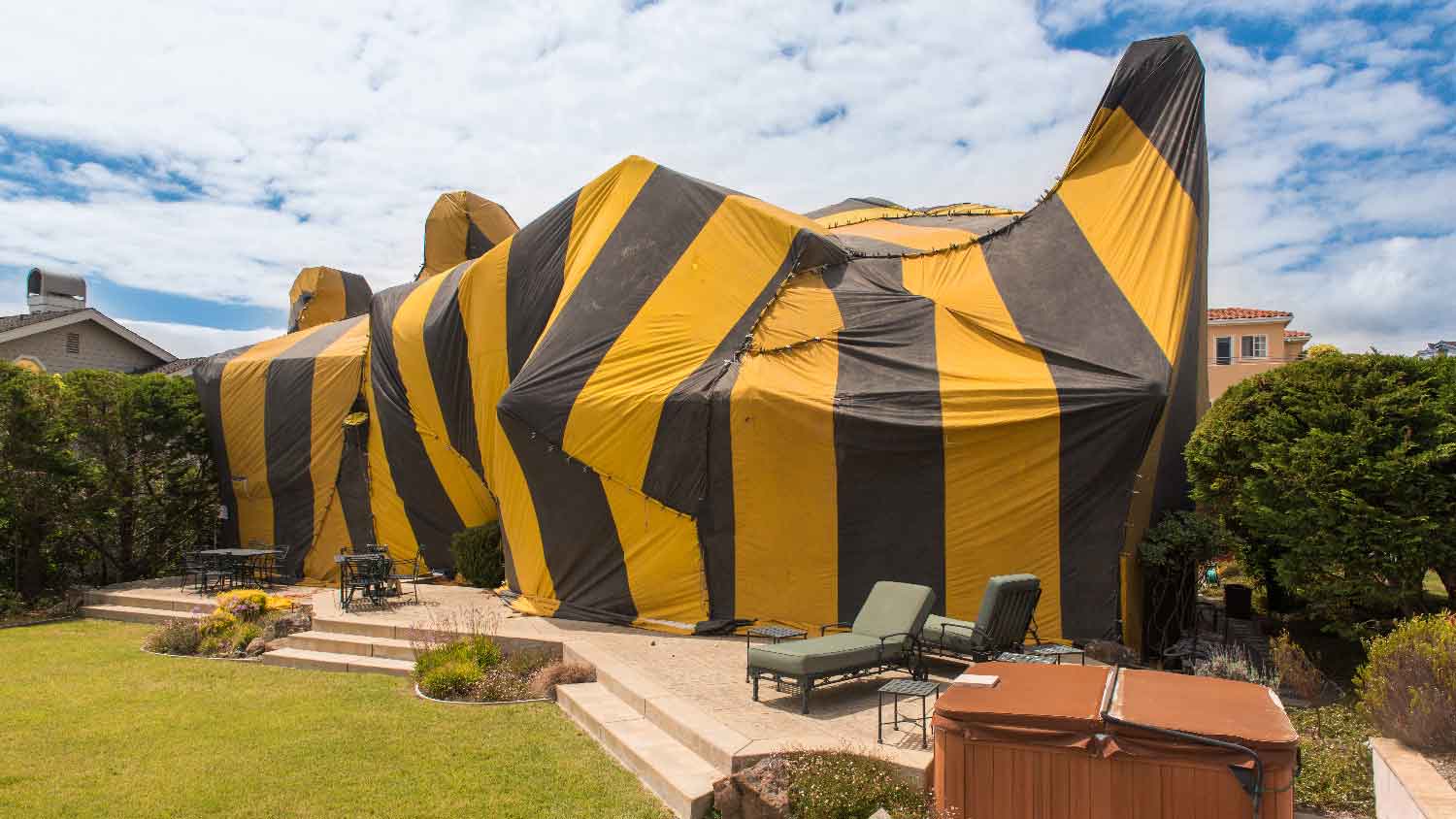
Whether you have bugs, bats, or rodents invading your home, you’ll want to contact an exterminator quickly. Find out how much pest control costs in Columbus, OH.
Don't fear the hobo spider—it's more scared of you than you are of it


Hobo spiders resemble many other types of common spiders.
It can be difficult to accurately identify a hobo spider without a microscope.
The spiders came from Europe and are only found in the Northwestern part of the U.S.
Some spiders have an undeserved bad reputation. The hobo spider (Eratigena agrestis) is one of them. Often mistaken for the brown recluse spider and long thought to have a deadly bite, the hobo spider is relatively harmless. Knowing how to identify a hobo spider can help you feel calmer should you ever see one around your home.
The first thing to know about hobo spiders is that they're larger in size. Their bodies range from 1/2- to 5/8 inches long, according to the University of California's Statewide Integrated Pest Management Program. They also have long legs, about 1 1/2 inches long. Because of their size, it's easy to mistake hobo spiders for wolf or brown recluse spiders.
The spider's markings can give you some clues to its identity. Still, it's worth remembering that it can be tough to accurately examine the arachnid without a microscope and that the spider shares some features in common with other types.
Hobo spiders often have a brown body with triangle or chevron markings. This is true of many spider species, so it isn't a reliable way to determine if the spider you're looking at is a hobo. What may be most notable about a hobo spider's markings is the lack of them around the legs. While some species have ringed legs, hobos don't.
Male hobo spiders have larger pedipalps than other species. Pedipalps look like boxing gloves on the front of the spider and play a role in the arachnid's reproduction. Unfortunately, unless you remember to bring your microscope and are familiar with various species' pedipalps, getting a good look at them can be tricky.

Hobo spiders are part of the funnel web spider family. Rather than build the type of cobweb you may associate with Halloween decorations, hobo spiders construct horizontal, tornado-shaped webs. Their webs closely resemble a trampoline with a hole in the middle and are often found stretched between rocks or across vegetation.
If a hobo spider enters your home, you'll likely find it along the floor or the bottom of a wall. The spiders can't climb smooth surfaces, so they won't scurry up your walls or across the ceiling like other species. Since their legs are designed for climbing across textured webs, they can climb bumpy or textured surfaces, such as carpeting.
Hobo spiders may be more likely to get stuck in a tub or sink since they can't climb the smooth porcelain or metal surface. If you see a large, brown spider in your bathroom, it could be a hobo.
Hobo spiders originated in Europe and made their way across the U.S. They got their common name because it's believed they hitched rides on the railroads before settling in the Pacific Northwest. Today, they're only found in Utah, Montana, Colorado, Wyoming, Idaho, Oregon, and Washington.
The spider's limited habitat range means you don't have to worry about hobo spiders if you live outside of one of those seven states.
From average costs to expert advice, get all the answers you need to get your job done.

Whether you have bugs, bats, or rodents invading your home, you’ll want to contact an exterminator quickly. Find out how much pest control costs in Columbus, OH.

Tenting is a costly but effective way to exterminate termites. Learn the average termite tenting cost and everything that will factor into your budget.

Keep your home free of termites and the damage they do. Learn more about inspections, infestations, and the average cost of termite treatments.

Wondering how to kill stink bugs—and keep them away, for good? Read on for a DIY guide on how to get rid of stink bugs.

Bed bugs are temperamental when it comes to temperature. Find out what temperature kills bed bugs for future reference.

Looking for budget-friendly bedbug tips? Learn how to get rid of bedbugs without an exterminator by using DIY tactics with natural and pesticide products.